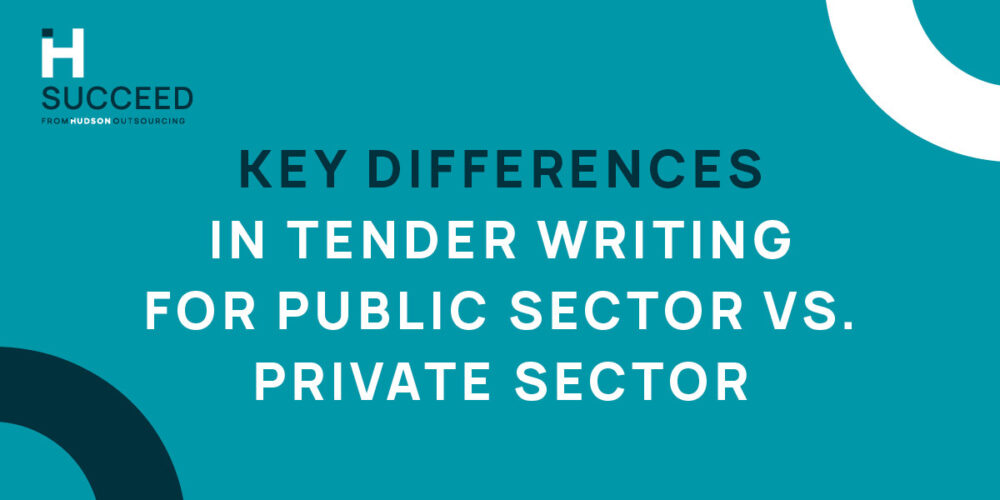The tendering process can be daunting for businesses looking to secure contracts, especially for those unfamiliar with the intricate steps involved. However, understanding how to approach tendering effectively can significantly increase success rates. This guide provides a step-by-step breakdown of the entire tendering process—from initial research and documentation to final submission—to help businesses navigate it with confidence.
Understanding the Tendering Process
Tendering is a structured process where businesses submit proposals to secure contracts from public or private sector organizations. It requires thorough preparation, strategic planning, and careful execution to stand out among competitors.
Step 1: Research and Identify Opportunities
Before diving into the bid-writing process, businesses must find the right tenders to pursue. Consider the following steps:
- Monitor tender portals for relevant opportunities.
- Use search filters to refine results based on industry, contract value, and location.
- Assess eligibility requirements to ensure compliance.
- Evaluate competition and understand the buyer’s expectations.
Pro Tip:
Create a bid tracking system to monitor deadlines, requirements, and progress for each tender.
Step 2: Assess the Suitability of the Tender
Not every tender is worth pursuing. Businesses should conduct a bid/no-bid analysis by evaluating:
- Alignment with company expertise and capacity
- Financial feasibility and profit margins
- Contract duration and resource availability
- Previous success rates in similar bids
Pro Tip:
Review past winning bids and procurement policies of the buyer to understand their selection criteria.
Step 3: Gather and Prepare Documentation
Once a tender is deemed suitable, the next step is assembling necessary documents, which often include:
- Company details and registration information
- Financial statements and insurance certificates
- Health and safety policies
- Case studies and testimonials
- Technical proposals and project plans
Pro Tip:
Maintain a digital library of commonly required documents to streamline the process.
Step 4: Understand the Evaluation Criteria
Most tenders specify evaluation criteria, which may include:
- Pricing structure and value for money
- Quality and technical expertise
- Project management and risk mitigation
- Sustainability and corporate social responsibility (CSR)
Pro Tip:
Tailor responses to directly address the buyer’s evaluation framework and scoring system.
Step 5: Write a Clear and Compelling Bid
A well-structured bid is crucial for standing out. Focus on:
- Executive Summary: Provide a concise overview of your proposal.
- Methodology: Explain how you will deliver the project efficiently.
- Experience and Case Studies: Showcase past successes and relevant expertise.
- Compliance: Demonstrate adherence to regulations and requirements.
- Pricing and Value Proposition: Justify costs and highlight cost-effectiveness.
Pro Tip:
Use simple language, bullet points, and visuals to enhance readability.
Step 6: Proofread and Review the Bid
Errors in tender submissions can lead to disqualification. Before submitting:
- Check for grammatical and factual mistakes.
- Ensure all mandatory documents are included.
- Verify compliance with submission guidelines.
- Get a second pair of eyes to review the proposal.
Pro Tip:
Use a checklist to ensure every section is complete and error-free.
Step 7: Submit Before the Deadline
Missing a submission deadline automatically disqualifies your bid. Avoid last-minute issues by:
- Submitting the tender well in advance.
- Using the correct submission format (e.g., online portal, email, or hard copy).
- Keeping confirmation receipts for records.
Pro Tip:
If submitting online, ensure technical compatibility with the portal and have backup copies ready.
Step 8: Follow Up and Seek Feedback
Regardless of the outcome, always request feedback. Understanding the strengths and weaknesses of your bid will help improve future submissions.
Pro Tip:
Keep a record of evaluator comments and incorporate improvements into your bid library.
Frequently Asked Questions (FAQs)
-
How can I find the right tenders for my business?
Monitor industry-specific tender portals, set up alerts, and use search filters to find opportunities aligned with your expertise.
-
What documents are typically required for a tender submission?
Common documents include company registration details, financial statements, case studies, insurance certificates, and technical proposals.
-
How do I improve my bid writing skills?
Practice writing concise and compelling proposals, review winning bids, and seek professional bid writing support or training.
-
What is the most important factor in a successful tender submission?
A clear value proposition, compliance with all requirements, and a well-structured response that aligns with the buyer’s evaluation criteria.
-
What should I do if my bid is unsuccessful?
Request feedback from evaluators, analyze areas for improvement, and apply lessons learned to enhance future bids.
By following this structured approach, businesses can navigate the tendering process with confidence, increasing their chances of securing lucrative contracts and fostering long-term growth.
Relate blogs : Key Differences In Tender Writing For Public Sector Vs. Private Sector
Adapting Bid Writing Strategies for Emerging Industries
Tendering Process for Technology Contracts






